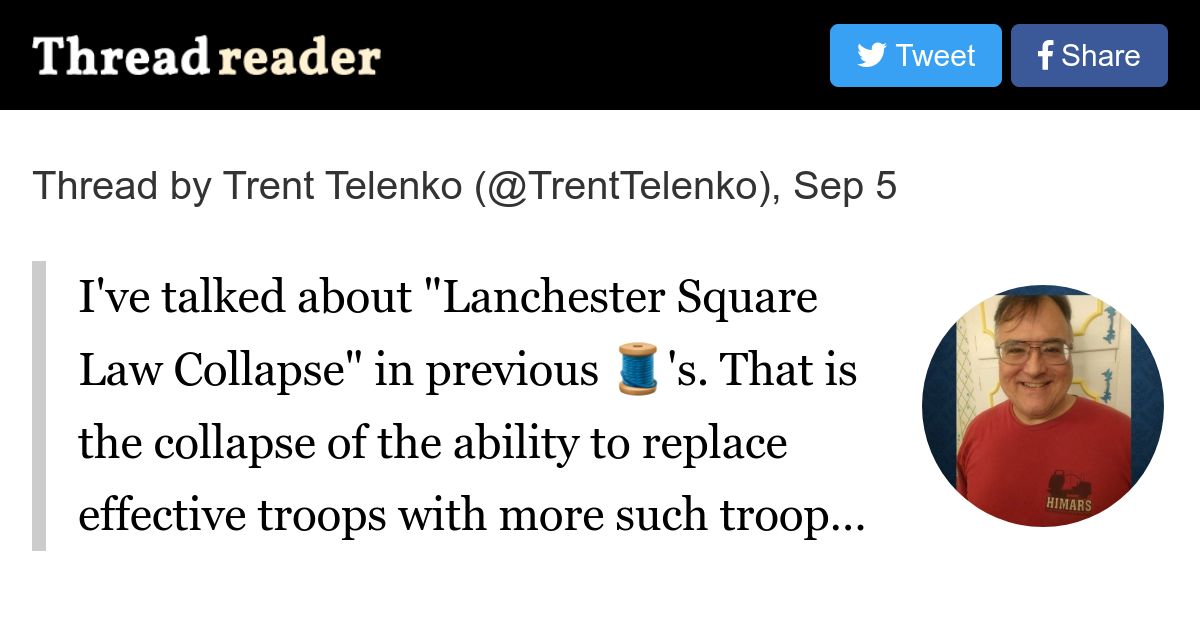When would the ground typically be suitable for a spring offensive in southern and eastern Ukraine?
The south doesn't get as mucky as further north, doesn't freeze as hard, and dries out sooner. In February 2022 the Russians were able to roll up a lot of territory in the south because the ground was dry enough in many places to support their vehicles. Depending on how severe this winter is, Ukraine may not have much of a pause at all in the south.
Though if this winter is a harsh one the Dnipro will freeze over and so will the Azov Sea. A cold winter will also cause tremendous attrition among Russian troops who are more poorly supplied than they were last winter. Dealing with the cold requires more fuel and more food. They are barely able to supply their units now. If the AFU makes enough progress to bring the M-14 under fire, supply will drop to a trickle and leave 100,000 Russian troops with virtually no supplies to keep themselves alive against a brutal winter.
The Ukrainians have more thermal cameras on drones now than they did last winter. Anybody trying to stay warm with a fire or burning any fuel they manage to scrounge will find themselves under attack.
A cold winter will be rough on both sides, but much, much worse for the Russians. Ukraine has a good NCO corps. NCOs are in charge of maintaining good cold weather discipline. They make sure their troops change their socks, dry out their boots, stay warm enough, etc. Ukraine also has enough donated winter clothing to keep their troops insulated from the cold.
Russia has run out of boots and a lot of men are going into combat wearing street shoes. Something that isn't optimal, but survivable in the summer, but a ticket to frostbite in the winter.
This deserves a read

Thread by @TrentTelenko on Thread Reader App
@TrentTelenko: I've talked about "Lanchester Square Law Collapse" in previous 🧵's. That is the collapse of the ability to replace effective troops with more such troops. We now have evidence of it's happening at sca...…threadreaderapp.com
This was one of the best threads I have read in some time. I read all the quoted threads and articles too. All of them were very substantial.
It all comes down to one conclusion: Russia is in deep trouble.
As long as Russia somehow keeps up the will to fight, they will keep fighting, but their effectiveness is shot and continues to degrade. Russia has already done a number of things that increased their rate of degradation while achieving some short term objectives like their waste of lives capturing Bakhmut. Russia may come up with something that causes consternation and needs to be countered like the Japanese did in late 1944 with the introduction of the kamikazes. But the end result isn't much different.
Kamikazes gave the USN, and allied navies fits in the last year of the war, but while they had some success, they didn't change the outcome of the war one whit. Ultimately got a lot of young men killed and destroyed a lot of airframes. The kamikazes may have contributed to the decision to drop the first atomic bombs on Japan too.
So Russia may come up with dirty trick we haven't thought of, but the reality is that they just don't have the ability to move the needle much. Their forces are too depleted and they don't have the ability to replace their losses in any timeframe close to useful. They have lost so many experienced personnel it will take them at least a decade under peacetime conditions to restore their forces to the quality they had in February 2022. And that would be a dedicated effort free of corruption. Under the post-Soviet Russian system, it will probably never happen.



